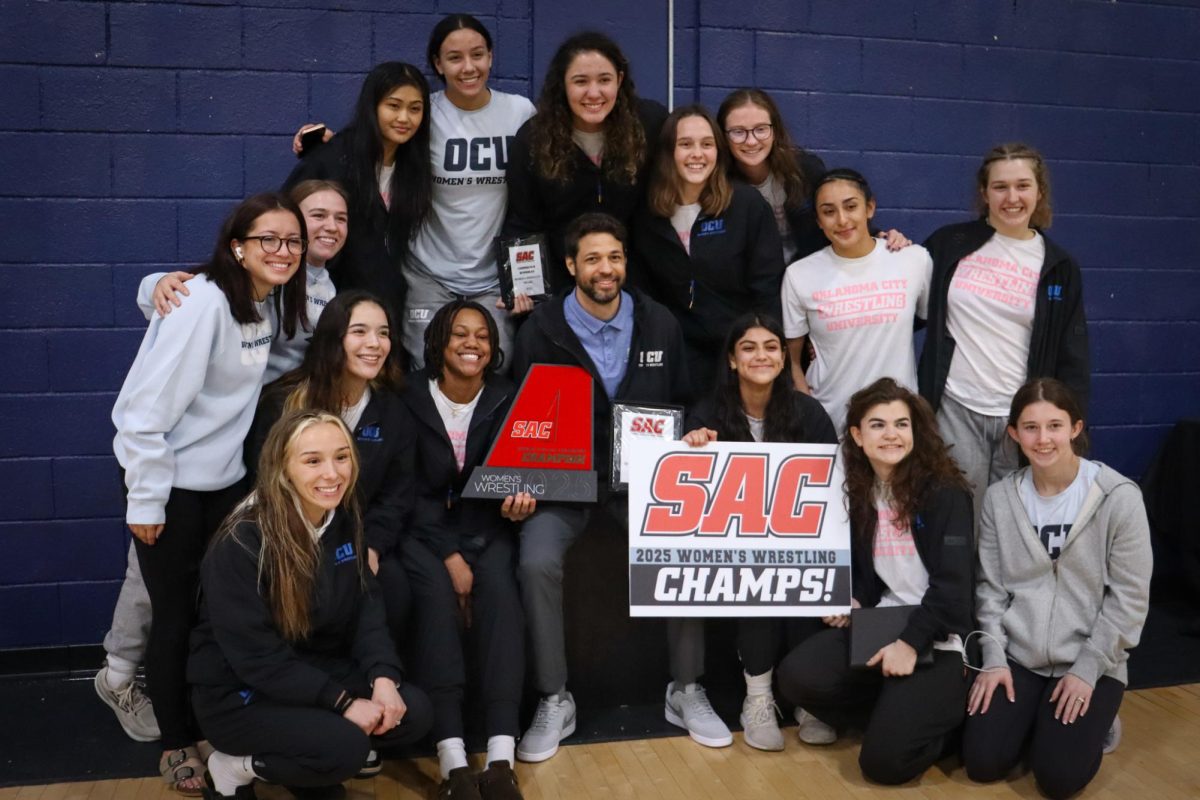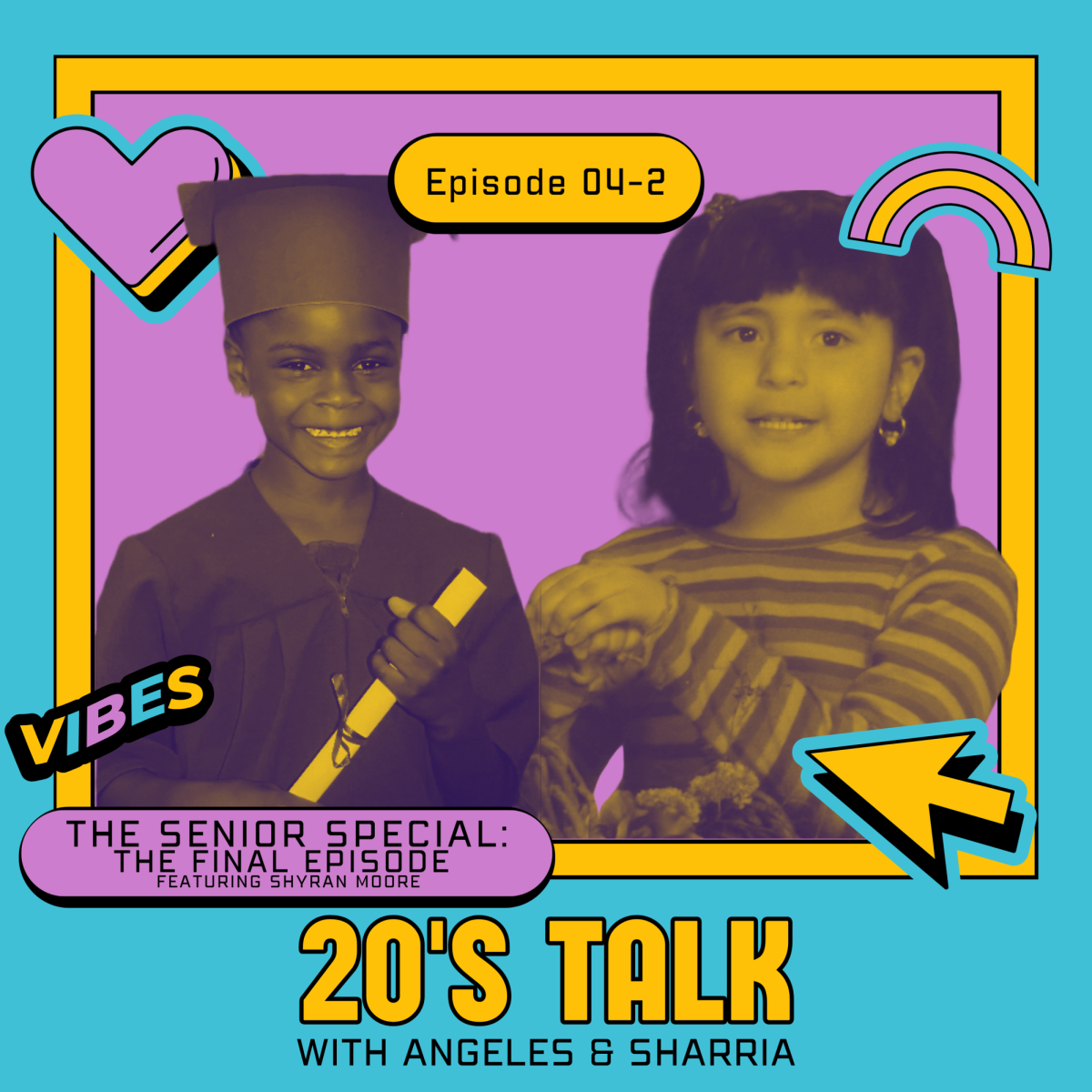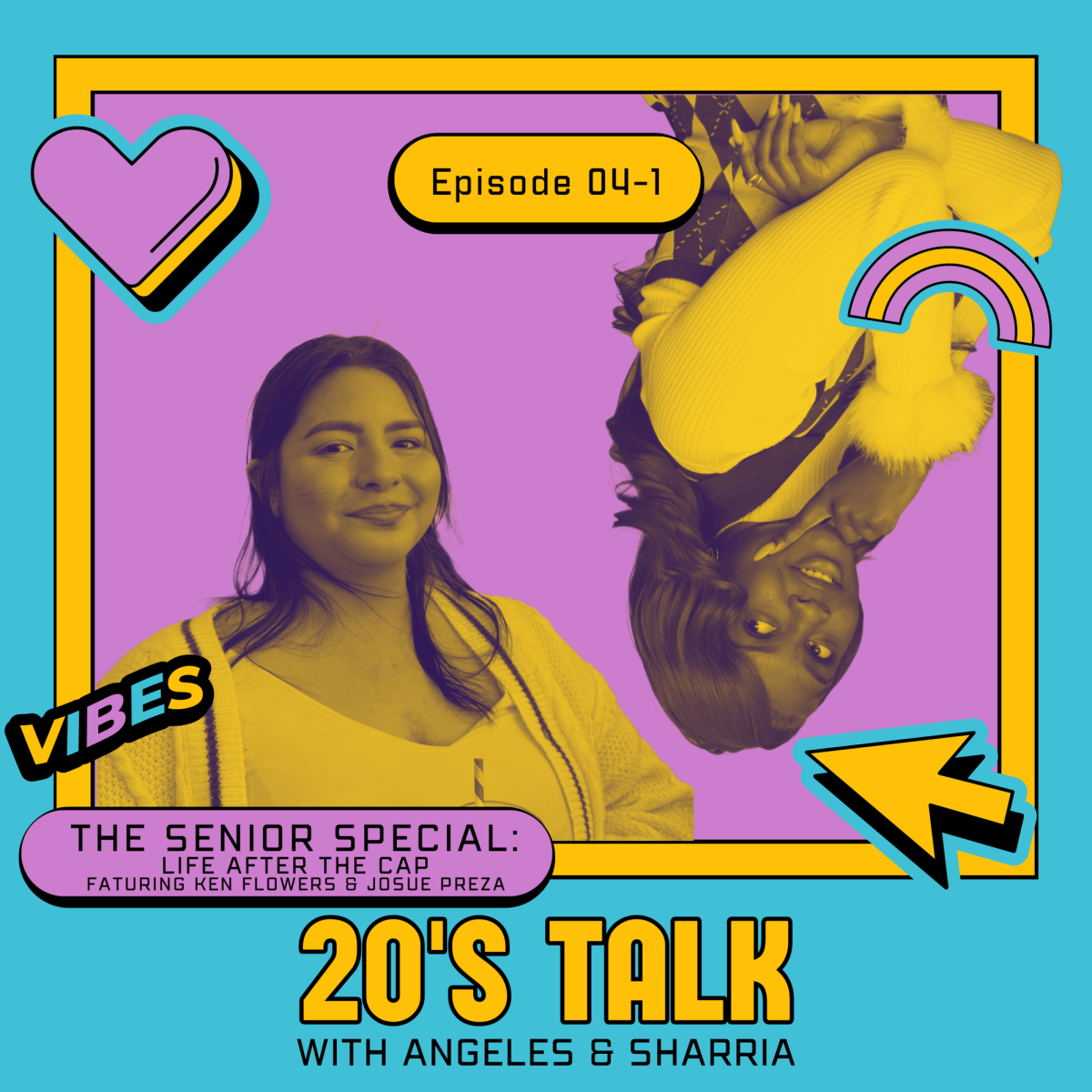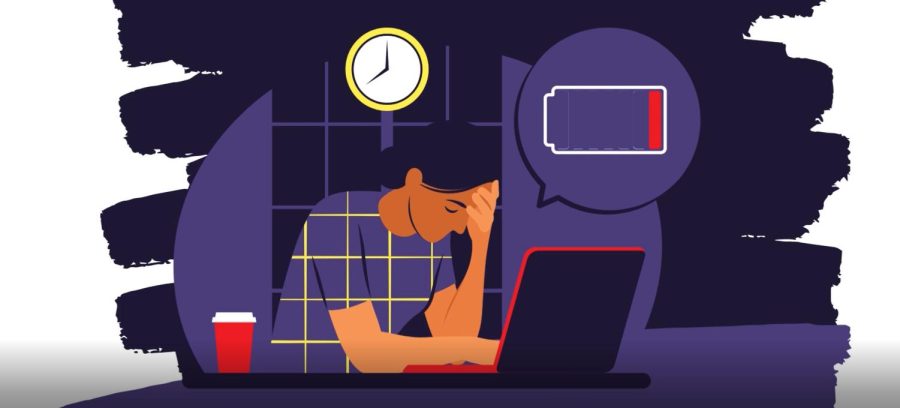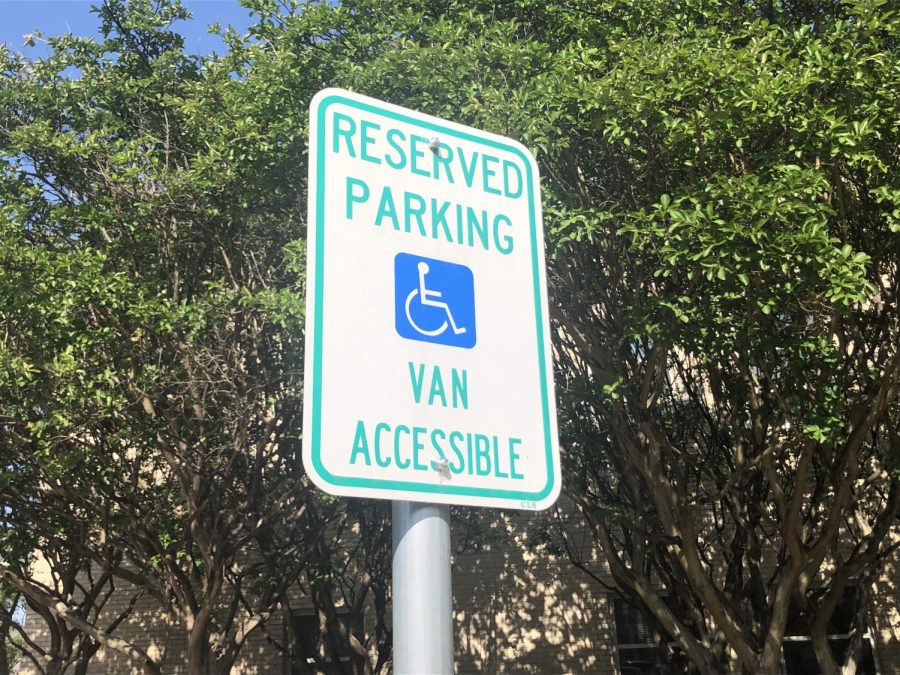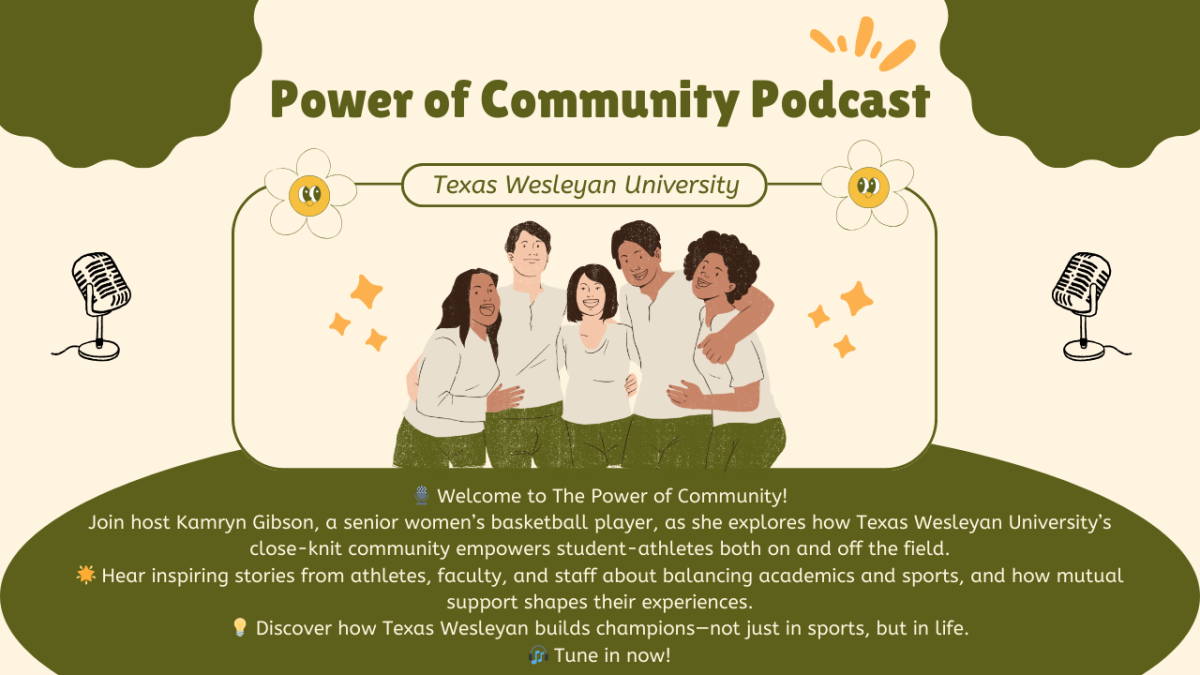Dr. Robert Thiebaud, a Wesleyan assistant professor of exercise science, has been conducting research on three fitness trackers to test their accuracy.
Thiebaud has been researching TomTom Adventurer, Microsoft Band, and the Fitbit Surge since the fall 2016 semester, he said.
“I remember one time in basic concepts class we were talking about tracking your physical activity,” Thiebaud said. “And you know a student brought up a question, ‘Which one is the best one to use?’ and it’s a good question. There’s been some research but I hadn’t looked much into it.”
Thiebaud is doing the research with five exercise science majors, including Jacey Patton, Martin Schmidt, Brook Massey, Terri Shay, and Alex Davis. The research will continue through the semester and the current research was presented by Massey and Patton at the regional Texas American College of Sports Medicine conference on Feb. 16 and 17 in Waco.
There is some research about the accuracy of fitness trackers but there is not a lot of substantial information out there, Thiebaud said.
“They come out with new ones all the time so quickly that we can’t keep up necessarily with how accurate they are,” Thiebaud said. “[We] can’t keep up with the technology so that was one thing, just a curiosity just to see which ones measured accurately.”
The fitness trackers being tested measure heart rate at the wrist and track energy expenditures, Thiebaud said.
“We’re still in the process of clenching data. We need some more people [to test the trackers],” Thiebaud said.
Typically heart rate monitors require a strap to be worn across the chest that can be uncomfortable while working out, Thiebaud said. A fitness tracker with a heart rate monitor at the wrist is more convenient.
“With these devices in particular we were looking at them because they can measure heart rate just by doing it at the wrist,” Thiebaud said. “So what we’ve seen so far is that they do pretty good at faster speeds.”
The study being conducted by Thiebaud and the exercise science department looks at the accuracy at 2-6 mph on a treadmill, he said.
“Just seeing how accurate they are throughout the whole duration and we’re seeing that they’re a little bit better at these faster speeds but there’s a lot more variation in these slower speeds,” Thiebaud said.
Thiebaud said that about 15 Wesleyan students, most undergrads, have participated in his experiment but he would like to test around 50 students overall.
“First, we put these [the trackers] on their wrists. Two on one [wrist] and one on another wrist and then we hook them up to an electrocardiogram or ecg,” Thiebaud said.
The student is connected to an ecg to monitor their heart rate, which can be compared to the heart rate the tracker provides, Thiebaud said.
“Then we have another machine called the metabolic cart,” Thiebaud said. “They put basically a kind of mask on and they breathe in air and they expire their air. Then we measure how much oxygen they consumed during that exercise and from that information we can estimate how much energy they’re expending.”
The metabolic cart is used to estimate the amount of calories burned during the experiment and that number is later compared to the calorie expenditure that tracker displays, Thiebaud said.
“It’s about 15 minutes total of exercise so it’s a little bit more structured experiment,” Thiebaud said. “But sometimes you know people just aren’t always on a treadmill but for these particular ones that’s where we were.”
The experiment requires each person to wear the three trackers and the metabolic cart mask, and be hooked up to an ECG, Thiebaud said. They then walk for three minutes at 2 mph, 3 mph, 4 mph, 5 mph, and 6 mph consecutively. Their heart rate and energy expenditure is monitored once every minute during the experiment.
“We still need to get more data but the one that seems from our data right now to be the best at heartrate is going to probably be the Fitbit or the TomTom,” he said.
The Fitbit and Microsoft Band did well at calculating energy expenditure while the TomTom didn’t provide as accurate calorie data, Thiebaud said.
“Which one to buy is always the question though,” Thiebaud said. “So that’s what we’re trying to help people figure out. Once we get some more data we’ll have a better more conclusive result.”
The TomTom and Fitbit compared to the Microsoft Band are usually better at monitoring heart rate. But the Fitbit and Microsoft Band are better at calculating energy expenditures, Thiebaud said.
The five students he is doing the research with, he said, “have been a huge part of this project and I really thank them for putting in the time and effort. They’ve all been really big contributors in helping to get it figured out to collect the data so they’ve been great.”
Fitness trackers are just really convenient and it’s great that they can be worn as a watch, freshman psychology major Trudy Allen said.
“I like wearing [my tracker] for golf. Since I’m on the golf team it notifies me when I get text messages, emails and snap chats,” Allen said.
They’re fun to use and it’s exciting to see how much exercise she’s gotten in a day, Allen said.
“I use it when I’m running and golfing basically, I like it since it lets me know how far I’ve run and how active I’ve been throughout the day,” Allen said.
Allen said she likes the Apple Watch because it has a bigger face and lets her interact with her phone more than the other trackers.
Freshman criminal justice major Tyler King said the pedometer feature most trackers have motivates her to get up and moving.
“I have the fitbit charge so I’m really interested to know how accurate the Fitbit products compare to the other types of trackers,” King said. “The Fitbit works as motivation for me to try and be healthier.”
For more information on this study go to rthiebaud@txwes.edu.
![]()





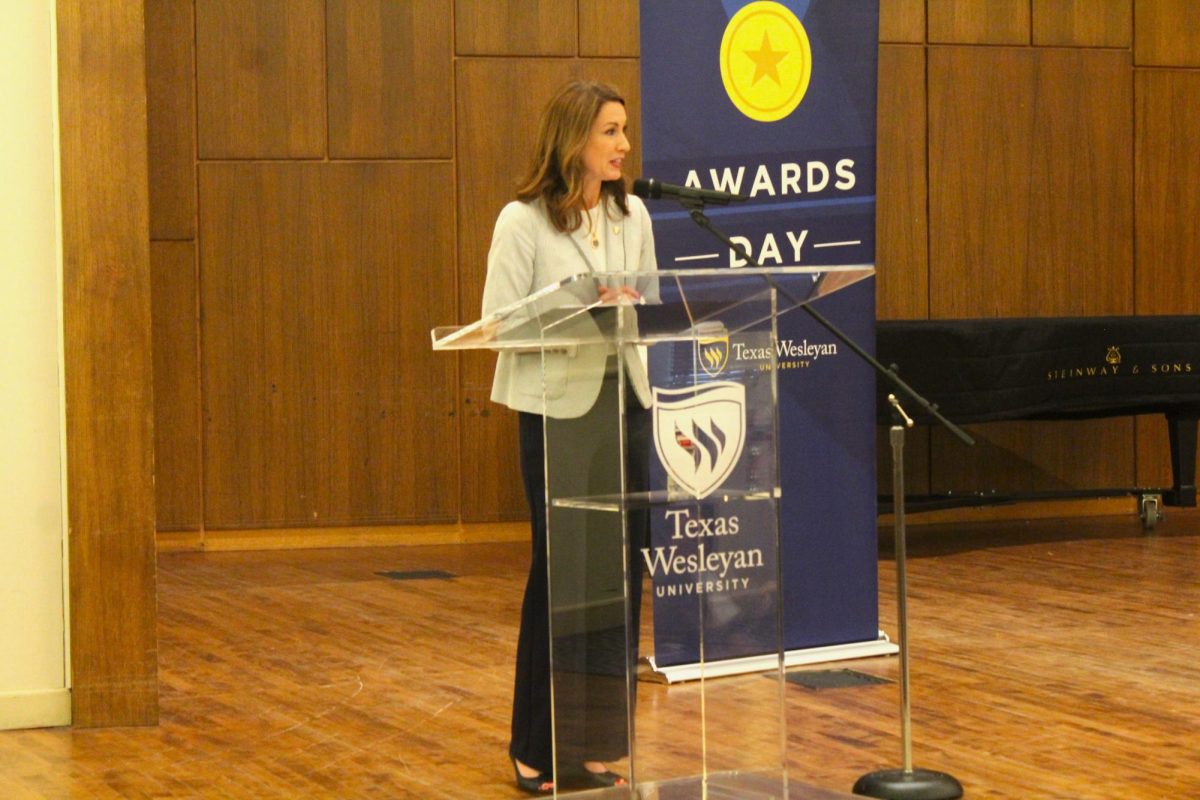
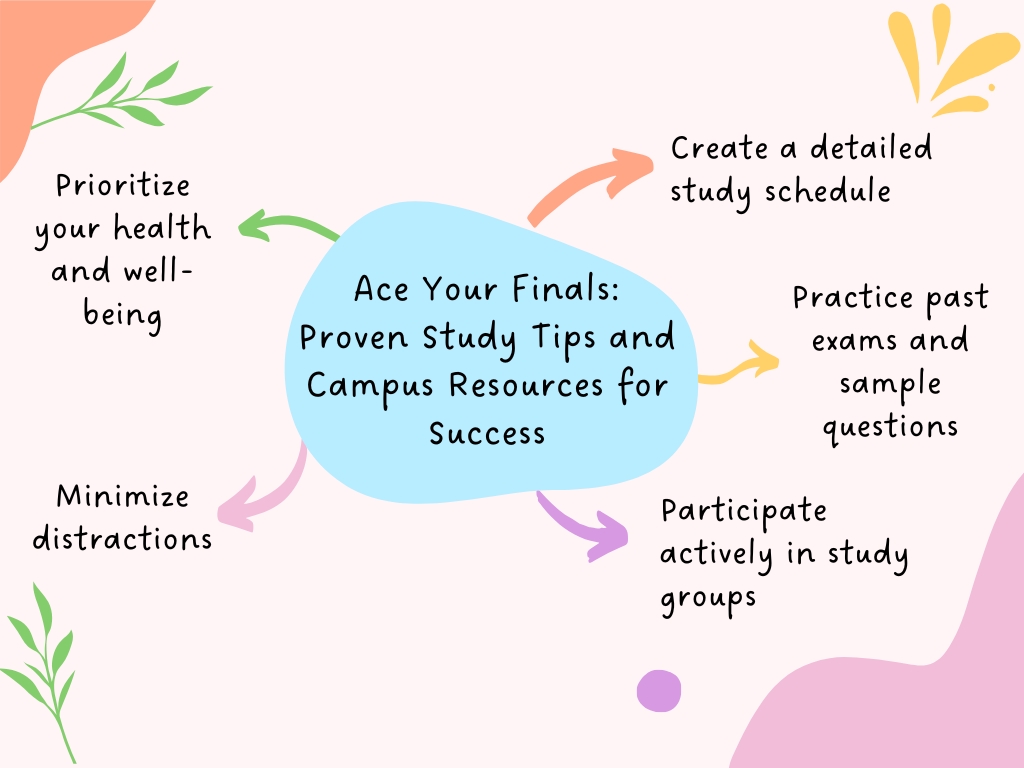


![Pippin, played by Hunter Heart, leads a musical number in the second act of the musical. [Photo courtesy Kris Ikejiri]](https://therambler.org/wp-content/uploads/2025/04/Pippin-Review-1200x800.jpg)
![Harriet and Warren, played by Trinity Chenault and Trent Cole, embrace in a hug [Photo courtesy Lauren Hunt]](https://therambler.org/wp-content/uploads/2025/02/lettersfromthelibrary_01-1200x800.jpg)
![Samantha Barragan celebrates following victory in a bout. [Photo courtesy Tu Pha]](https://therambler.org/wp-content/uploads/2025/05/20250504_164435000_iOS-834x1200.jpg)
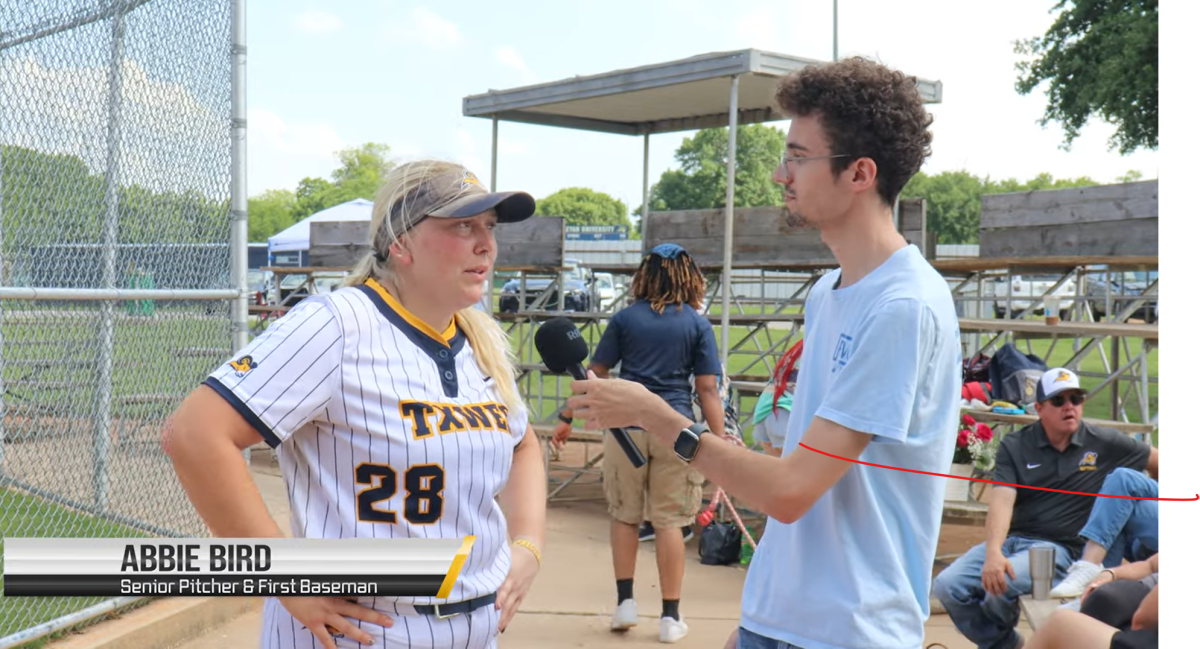


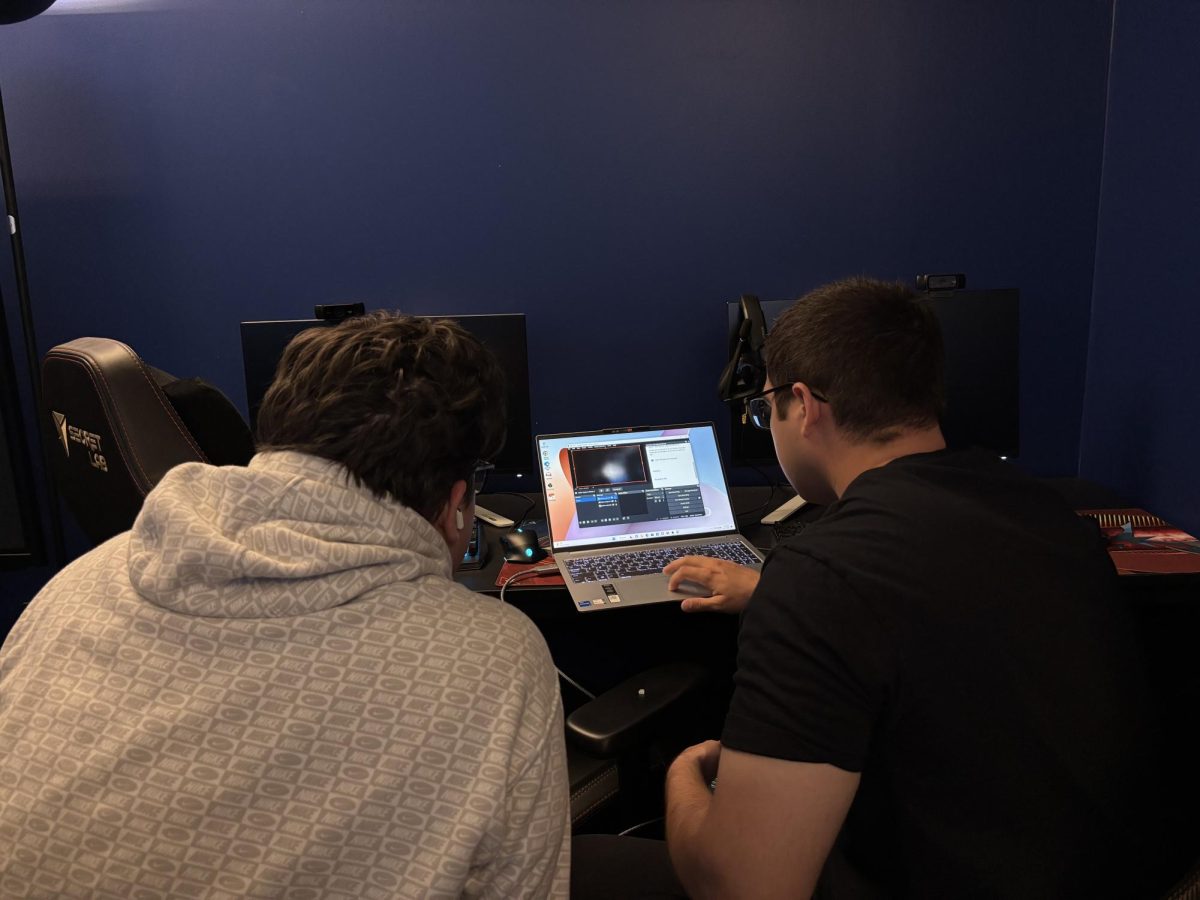

![Hunter Heart (center), the play's lead, rehearses a scene alongside other student actors. [Photo courtesy Jacob Sanchez]](https://therambler.org/wp-content/uploads/2025/04/thumbnail_IMG_8412-1200x816.jpg)
![Student actors rehearse for Pippin, Theatre Wesleyan's upcoming musical. [Photo courtesy Jacob Rivera-Sanchez]](https://therambler.org/wp-content/uploads/2025/04/Pippin-Preview-1200x739.jpg)
![[Photo courtesy Brooklyn Rowe]](https://therambler.org/wp-content/uploads/2025/05/CMYK_Shaiza_4227-1080x1200.jpg)

![Lady Rams softball wraps up weekend against Nelson Lions with a victory [6 – 1]](https://therambler.org/wp-content/uploads/2025/04/Screenshot-2025-04-04-100924-1200x647.png)

